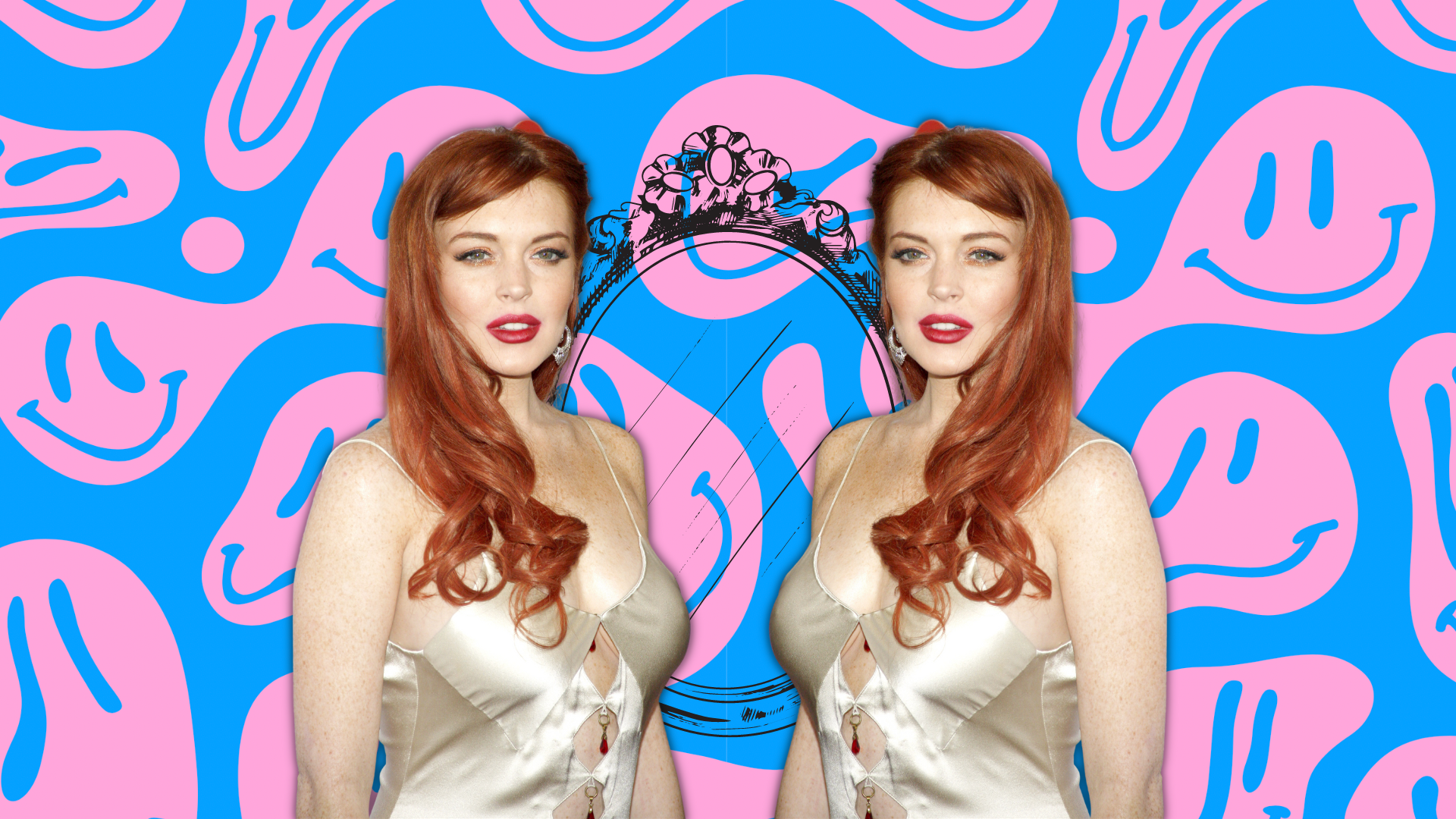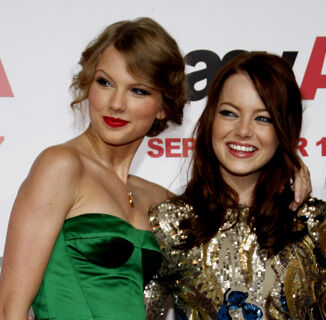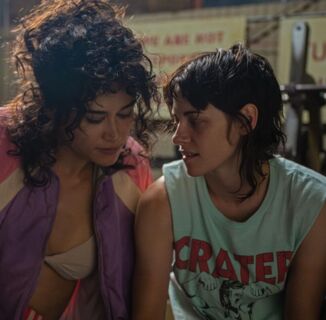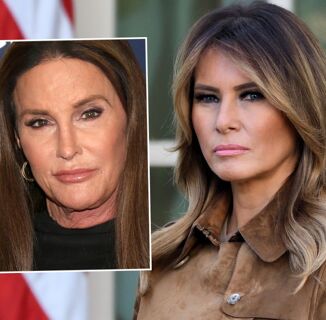Lindsay Lohan is America. She’s an emblem of our times, and of our hope for second chances. And unlike most other stars in her rarefied peer group, Lohan has a curious history of playing split selves. To track her career is to mark a pivotal time in our history when we as a country were splintering further apart yet still longing for a return to unity, should such a thing exist.
It’s so easy to see why she became an instant darling. She was only twelve when she first created two identities for Nancy Meyers’ iconic teen film, The Parent Trap. Annie and Hallie are two precious personalities filled with the same innocent sparkle-eyed sense of wonder yet are distinct enough in themselves that Lohan can un-confuse us whenever she needs to. However ludicrous the plot, Meyers’ adaptation is endlessly charming. Lohan’s hard work on The Parent Trap paid dividends: she solidified herself as a spunky princess, mature beyond her years, a new voice for the “Girl Power Generation.”
The Parent Trap remake collects the lessons and hopes of second-wave feminism, mainly the importance of self-determination and less gendered regulation. In remaking the Hayley Mills classic, Nancy Meyers places Lindsay squarely at the pinnacle of the 1990s reflecting on the 1960s. The vision of girlhood presented in the film is assured and carefree, with a crackling sense of pop culture, far from the delicate things of the original.
For Meyers, a vineyard divided will not stand. Her adaptation tries to bring more than the twins together. The Parent Trap and Lohan’s performance within it captures the churning dialectic of past and present, spiraling towards an optimistic future of feminism.
Yet as we move into Freaky Friday, we see a feminism grappling with things not turning out as smoothly as once hoped. Things aren’t as innocent as before in Mark Waters’ prime Bush Era family comedy about a mother and daughter who magically switch bodies. The formerly blissful optimism has shut the door and emerged dressed in cynical frustration.
It’s still a resolvable frustration, of course. We get a different kind of splitting. Instead of doubling, we now encounter the switch. To play Anna Coleman, the teenager suddenly inhabited by her mom, Lohan has to amplify her sense of maturity beyond her years. Her “mom mentality” is hilariously pointed and filled with those long single-breath deliveries that made Lohan famous. While her possessed character is cutting and bouncy with her new sense of power and wisdom, she still takes time to show us the disconnect. There are quiet moments when Lohan lets us in, disconnecting her eyes from the scene, and we glimpse a mature woman screaming to get out.
Though it claims to be a wholly egalitarian story about mutual understanding, Freaky Friday is still very much a top-down lesson with Tess Colman (the incomparable Jamie Lee Curtis) having to learn the difficult task of “having more fun.” At the same time, Anna must understand the cruelties of adult heterosexual life under capitalism. It’s a lop-sided, not-quite-harmonious resolution couched in Disney magic and undeniable star power. Still, in 2003, although the generations may have been wary of each other, there was hope that the old and new America might someday work together.
There are quiet moments when Lohan lets us in, disconnecting her eyes from the scene, and we glimpse a mature woman screaming to get out.
By the time we arrive at I Know Who Killed Me in 2007, things were much different. With an increasingly conservative control over women’s bodies and America’s fascination with its atrocities in the wake of the Abu Ghraib and Blackwater revelations, that hope was being sadistically gendered and tortured.
When it first debuted, Chris Sivertson’s dazzlingly lit nu-Giallo film about the victim of a serial killer with a mysterious identity was poorly received. But it has since gained a cult following that enjoys the film’s bold swings. It’s a flawed but bold work of preternatural horror that unearths a ghost America had long considered buried.
As Aubrey/Dakota, Lindsay Lohan once again builds two distinctly different characters. But instead of two rosy-cheeked cherubs, she plays two raven-haired teens, one slightly more jaded than the other. With all its semi-logical twists and maximalist use of cerulean metaphors, I Know Who Killed Me is an “out there” film that Lohan matches in her extravagant performance.
Dakota is a blast to watch, an absolute bitch in the best way. Though mutilated by a madman, her resolve commands attention, even from the adults who would prefer she remains their little girl. As Dakota stares at the mirror, trying to put on Aubrey’s airs, Lohan gets a chance to once again showcase her talent for acting as one character playing another.
As the 2008 election and the inevitable end of Bush’s presidency finally arrived, there was a sense that America was also playing a part it didn’t know or recognize. The gutted welfare reforms of the Clinton Era and Bush’s diversion of funds to a bloated military-industrial complex meant people were forced into the same unrelenting poverty into which Dakota was born. As in the film, the number of splits in our cultural fabric seemed to multiply. Generations were divided with no magic cookie to bring them back together. Reality, Augmented Reality, and increased Evangelicalism had created a complex cosmos in which actuality became harder and harder to define yet increasingly sought after. And a once “ideal” American past seemed buried alive forever. Can she be rescued? Can we?
As in the film, the number of splits in our cultural fabric seemed to multiply.
Aubrey and Dakota, in a sense, represent the dream and reality of America. Dakota is hard-graveled, exhausted, and desperate. On the other hand, Aubrey is the America of capitalism’s dreams. She is that precious nostalgia for a conservative return to family values rooted in benevolent financial security. In the film, Aubrey writes of herself: “She always felt like half a person. Half a person with half a soul. Sometimes, if she dreamed hard enough, she could bring the two halves together. But she always woke to the same feelings of loneliness and loss.” She could just as easily have been talking about America in 2007. Just like her, we knew that underneath all the sunny national myths, there was a foundational darkness always ready to rupture through
The boom of the 1990s was over, and the collapse of 2008 was about to slice deep. Filmed just before the bubble burst, I Know Who Killed Me shows that the wounds inflicted on The American Dream were starting to bleed over sympathetically. And it all appeared to cut into the body of a starlet that America had commodified since she was a child.
But what is a compelling, sympathetic, and erotic performance was overshadowed by gossip. Underneath all the playing with alter egos in the film, Lohan, approaching 22, also wanted to split her personality from the wholesome, sexless Disney princesses she played on screen. She was trying to come to her maturity while being stifled by Hollywood contracts. As a result, rumors of “diva behavior” and problems on set began to spread. Those rumors and behaviors would continue to haunt her until her latest return. They were difficult years for Lohan personally, but they produced some of Lohan’s most exciting work.
In Falling for Christmas, Lohan gets one shining emotional moment where she can tap into the inner conflict of a bifurcated mind.
Happily, Lindsay and her character Sierra in Falling for Christmas pick up exactly where 2003 left off.
Our pop culture darling awakes from her slumber at the beginning of Falling for Christmas, greeting the new day and her awaiting public with a beaming smile. Lohan is 36, but she’s still playing a brat with arrested development. Janeen Damian’s film and the press tour surrounding it have been highly nostalgic for Lindsay Lohan and her movies of a bygone age. She sings “Jingle Bell Rock” for us and happily recalls fan-favorite moments from her movies. Though the film and celebrity press enjoy remembering the good times, they are also actively working to forget the “bad.” Nowhere on her tour has Lindsay addressed any of her darker, more mature, and complex roles.
When Sierra tumbles down the mountain and awakes in the romantic North Star Lodge with amnesia, she’s the same character, just kinder and incompetent, with a slightly breathier voice. She gets one shining emotional moment where she can tap into the inner conflict of a bifurcated mind. But unlike in The Parent Trap, Freaky Friday, and I Know Who Killed Me, Lohan’s split self in Falling for Christmas is barely significant. Where the previous films we’ve touched on using the talents of their leading lady towards an end, Falling for Christmas seems purely interested in having Lohan there as a spectacle.
If the film were about the transformative power of remembering who you are, there would be a tremendous change in Sierra/Sarah (the name she gives to herself when she can’t remember.) But as it stands, the resolution of her amnesia is an outstanding non-event. A few chimes twinkle, she smiles a bit wider, people cheer, and we return to the business of saving The North Star Lodge.
Falling for Christmas is less about the help given to each other than the noblesse oblige of the wealthy.
Sierra’s cognitive function is secondary to all inner workings of Falling for Christmas. She may not know her name, but she knows how to ask people for money. We’re saved! Falling for Christmas is less about the help given to each other than the noblesse oblige of the wealthy.
The way Sierra/Sarah barely fits into this sequence, however, is interesting. Throughout Lindsay Lohan’s career, she’s consistently played split characters. They are doubled, swapped, or, in the case of I Know Who Killed Me, doubled and swapped. Whereas the previous three films we’ve considered have had an outward projection of that split, Sierra’s break from her memory and history remains internal. She doesn’t have a twin or “alter ego.” Worse, she finds herself sobbing at a stable over not having any identity.
As we’ve seen, Lohan’s split characters tend to mirror the realities of America, and Sierra is no different. As the fraying of the cultural fabric and social programs continued to escalate through the Obama Years and into the Trump presidency, Americans seemed to be permanently and irrevocably divided. The generations from Freaky Friday are stuck in a standoff. Fascist ideology and neoliberal triumphalism have led the country to decline. We are no longer a split nation clamoring to work together. Like Sierra’s sentimental snowglobe or Aubrey’s iPod nano, both parties rely on nostalgia to remind us who we are or should be. But as citizens of the US voted to split the house and senate along party lines earlier this month, it seems that we, too, have no identity at all.
We’ve always projected our hopes and dreams onto Lindsay Lohan. That’s why we seem to treasure Lindsay’s return in particular. Her films, especially those in which she plays split roles, remind us of when we were still trying to make things work. Watching them back, we see how magical their resolutions seem, how truly impossible they are today. We believe that if she can be “fixed,” so can we. She represents our two halves reconnected. That’s why we will continually be fascinated with films in which LiLoh must stitch herself back together again.♦
Help make sure LGBTQ+ stories are being told...
We can't rely on mainstream media to tell our stories. That's why we don't lock our articles behind a paywall. Will you support our mission with a contribution today?
Cancel anytime · Proudly LGBTQ+ owned and operated
Read More in Entertainment
The Latest on INTO
Subscribe to get a twice-weekly dose of queer news, updates, and insights from the INTO team.
in Your Inbox














